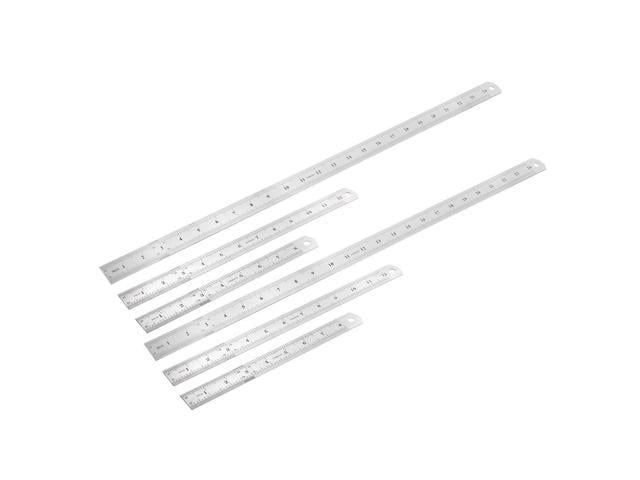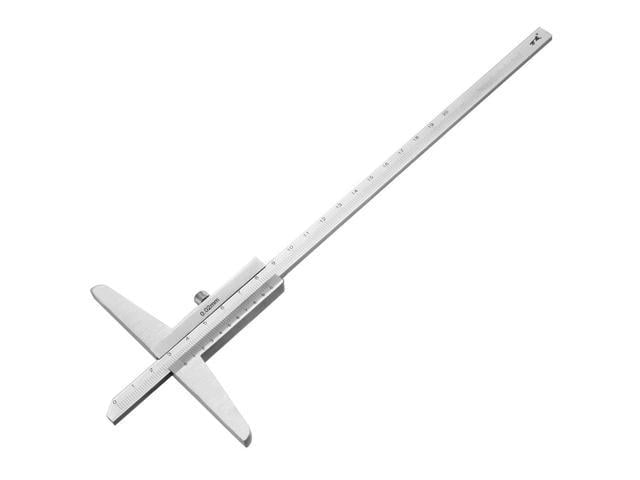Excerpt from Notes on Technical Sketching and Free Hand Lettering for Engineering Students
The modern engineer must know how to make drawings in order to know how to read them. However, very little of his time is spent at the drafting board. His drawings consist mainly of sketches showing his ideas in more or less detail and which are turned over to subordinates to be worked out and put in the conventional form. In the solution of his construction problems, he is obliged to keep in mind all three dimensions of materials and a preliminary sketch stands in the place of a model which he can work over and examine in order to clarify and fix his ideas. Such sketches must often be made in great profusion and dexterity with the pencil is fre quently an inspiration to the brain.
One of the primary functions of a course in drawing is to cultivate and extend the faculty of thinking in space. In acquiring this faculty, the draftsman must be able to express his ideas quickly and accurately through the medium of drawings. He must also learn to read correctly the ideas of other engineers as expressed in drawings.
The actual construction of an object from the drawing representing it is a crucial test of ability to read that drawing. There are many disadvantages of such a test applied for that purpose alone and it is believed that the translation from a projection drawing of the object to an axometric or isometric representation meets all the requirements of the case with far less expenditure of time. The reverse process also gives a most valuable training and the author believes, after long experience in this work, that the methods herein presented secure the best results with the least effort.
Though devoted primarily to the teaching of drawing, the illustrations and problems have been selected so as to give the student familiarity with a wide range of mo manufacturing and engineering practice. A considerable amount of material has been added for this sec edition and the author wishes to thank the many friends who have provided material or given suggestions. I The author wishes to thank Prof. A. W. French especially for assistance with the chapter on Structural Drawing.
About the Publisher
Forgotten Books publishes hundreds of thousands of rare and classic books. Find more at www.forgottenbooks.com
This book is a reproduction of an important historical work. Forgotten Books uses state-of-the-art technology to digitally reconstruct the work, preserving the original format whilst repairing imperfections present in the aged copy. In rare cases, an imperfection in the original, such as a blemish or missing page, may be replicated in our edition. We do, however, repair the vast majority of imperfections successfully; any imperfections that remain are intentionally left to preserve the state of such historical works.















